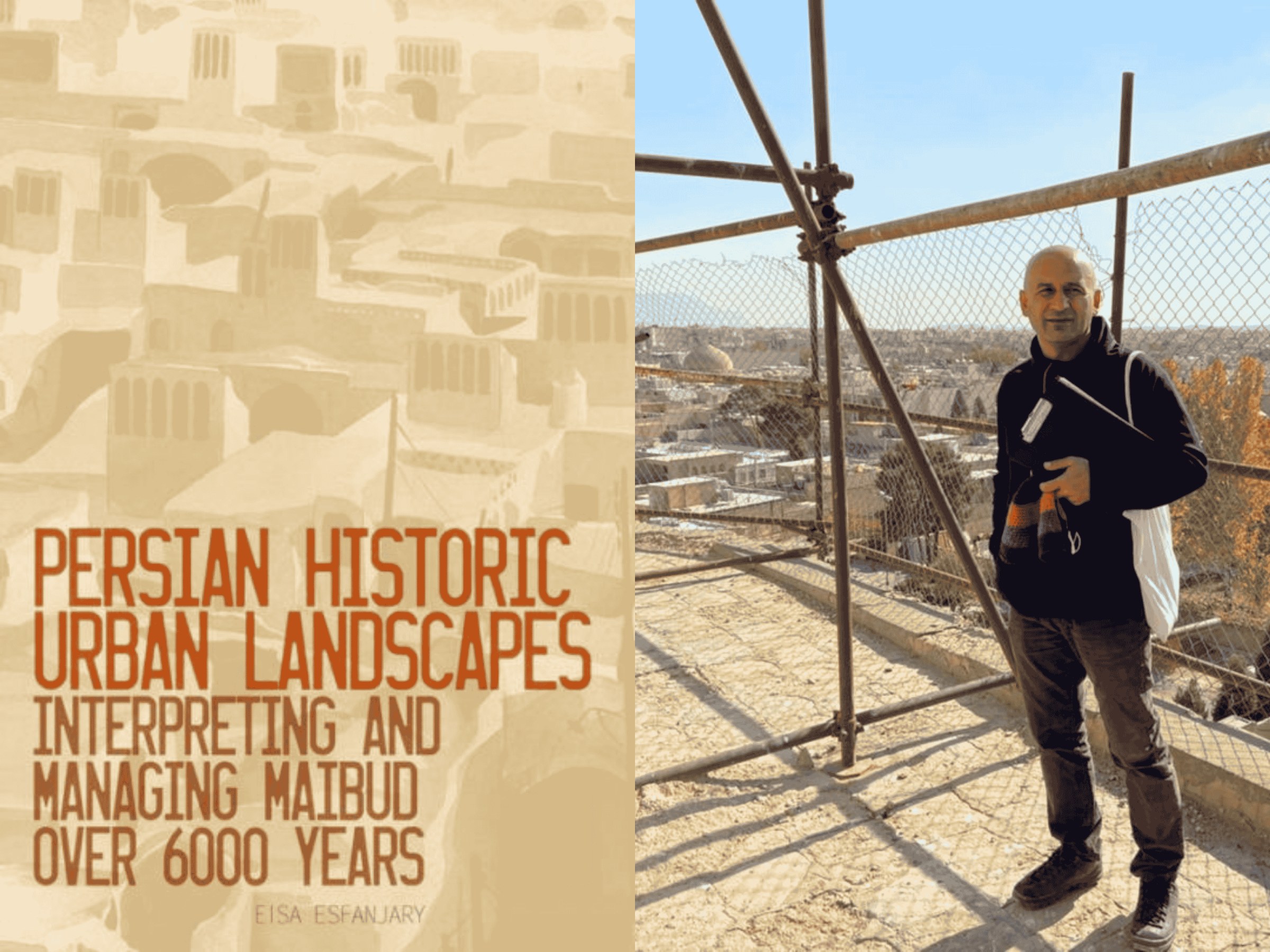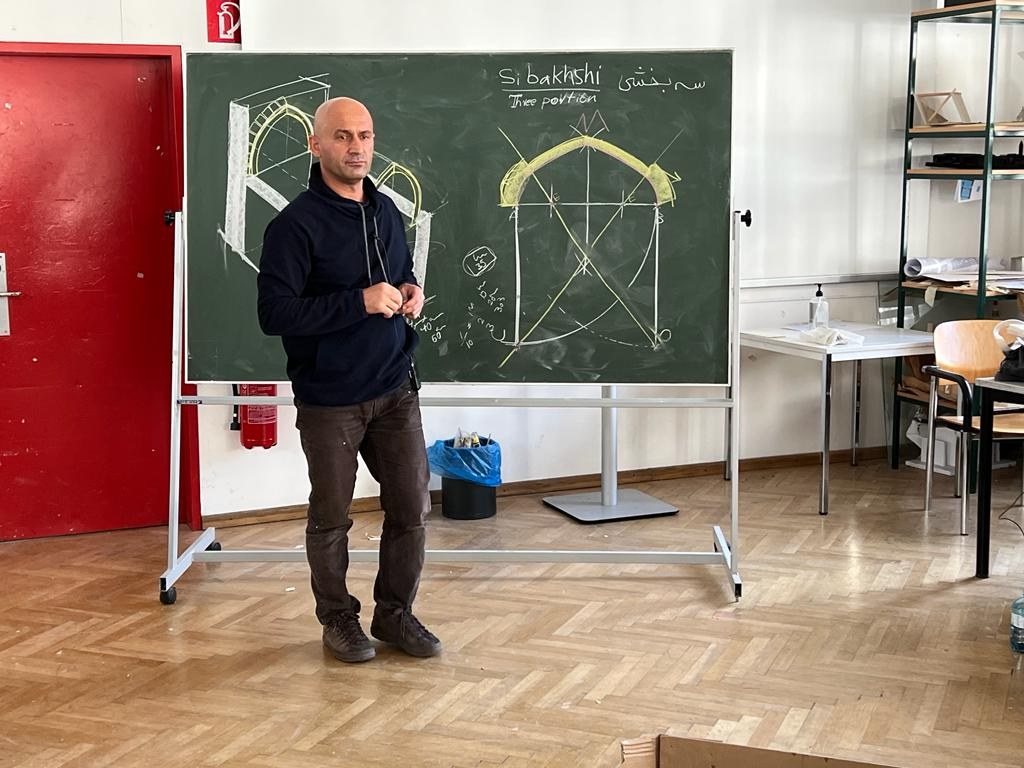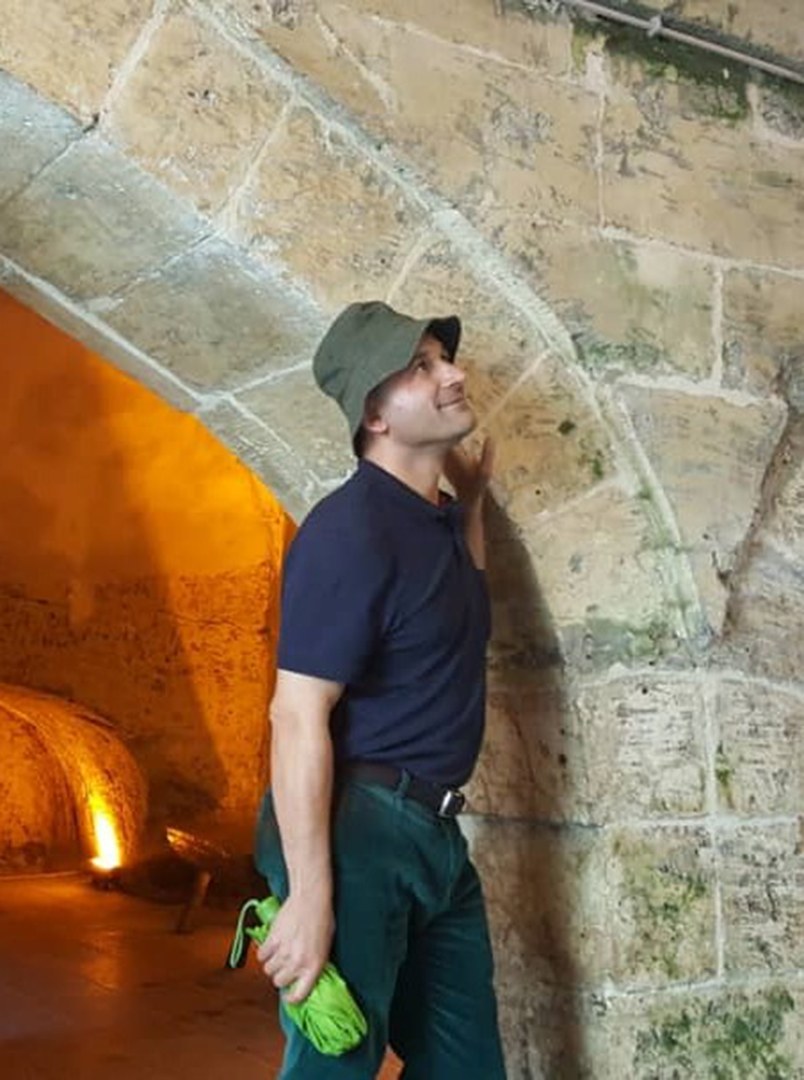Historic Preservation Director

OCTOBER 2, 2024
By NAOMI KING ENGLAR, tusa
Eisa Esfanjary Kenari, PhD, will serve as the Christovitch Associate Professor in Preservation and the new Director of the Historic Preservation Program. With a distinguished academic background and over 15 years of teaching experience, Esfanjary brings a wealth of expertise in architectural conservation, urban heritage, and historic urban landscapes.
Esfanjary’s passion for historic preservation is deeply rooted in his extensive education, and his research focuses on the specialized field of architectural conservation and urban morphology, which examines the evolution of human settlements from both geographic and historical perspectives. Most notably, he recently served as Principal Investigator overseeing a team of experts and professionals to develop the new Management Plan for the World Heritage Complex of the Meidan Imam Square in Isfahan, Iran.
Excited to lead Tulane’s Historic Preservation Program, Esfanjary aims to expand its scope to include a global perspective while continuing its longstanding collaborations with local experts and integration of New Orleans’ unique cultural heritage into the curriculum. He envisions hands-on, workshop-based learning experiences that will equip students to tackle complex preservation challenges.
“I strongly believe that historic preservation programs must be taught in historic cities like New Orleans, where the city's complex past provides a rich tapestry for exploration and learning,” Esfanjary said.
MORE to EXPLORE
In the Q&A below, Esfanjary shares more about himself and his vision.
What excites you most about joining the faculty at Tulane’s School of Architecture and leading the Real Estate Development Program?
As a scholar with a profound passion for historic preservation, I am delighted to be joining the esteemed faculty at Tulane's School of Architecture and leading the Historic Preservation Program. My education, spanning over 12 years, has provided me with a robust foundation in the field, from my undergraduate to my doctoral studies and postdoctoral research. Over the past 15 years, I have also had the privilege of sharing my expertise as a lecturer and researcher, exploring the intricacies of history and heritage. The prospect of bringing my knowledge and experience to Tulane University in New Orleans, a city immersed in history and heritage, is truly exciting. I am eager to make a meaningful contribution to the program and leave a lasting impact on the field.
What is one thing you hope to achieve while at Tulane?
As a respected historic preservation program, Tulane University has already demonstrated a commitment to excellence in the United States. However, I am convinced that there is a substantial opportunity to further evolve and expand its scope to incorporate an international dimension. This is where my expertise and experience can be leveraged to make a significant impact. Collaborating with existing faculty members, lecturers, and local experts and professionals in the field, I am confident that we can collectively contribute to the growth and development of the program, while also integrating a global perspective that complements the local context.
What projects or research are you currently pursuing?
I have had the privilege of being a key contributor to 12 research grants, with a focus on architectural and urban history and heritage. My projects have spanned the globe, including works on the World Heritage City of Bam, Isfahan, and Yazd (Maibud) in Iran, as well as Edinburgh World Heritage in Scotland. Notably, I served as Principal Investigator (PI) for a major project, overseeing a team of experts and professionals to develop the new Management Plan for the World Heritage Complex of the Meidan Imam Square in Isfahan from 2021-2026. This experience has not only honed my research skills but also deepened my understanding of cultural heritage management and preservation.
My interests are currently concerned with: the historical and morphological development and evolution of towns and cities and understanding the underlying pattern of formation and transformation; how a particular settlement is structured and how it has matured; what features have been changed over time and what elements have been sustained in the urban landscape; and how best we can preserve what we have inherited.
What is your prior education and teaching history?
My academic journey has been a gradual progression from architectural heritage to urban heritage, culminating in a Bachelor's, Master's, and PhD degrees in heritage conservation and historic preservation. My expertise spans architectural conservation, urban heritage conservation, and historic urban landscapes, as well as earthen construction.
In my role as a lecturer, I have had the privilege of teaching at esteemed institutions such as the Art Isfahan of University, Edinburgh University, and TU Wien. My teaching experience has been extensively praised by students and staff alike, with a proven track record of delivering high-quality instruction at both undergraduate and postgraduate levels.
Recently, I had the opportunity to serve as a Guest Professor at the Technical University of Vienna, School of Architecture, where I taught and managed two courses in an intense mode. This has further consolidated my experiences and transferable skills.


